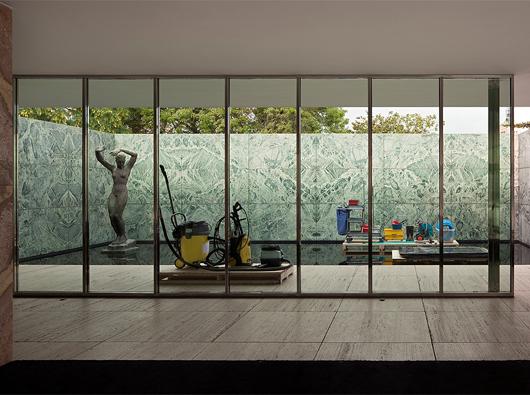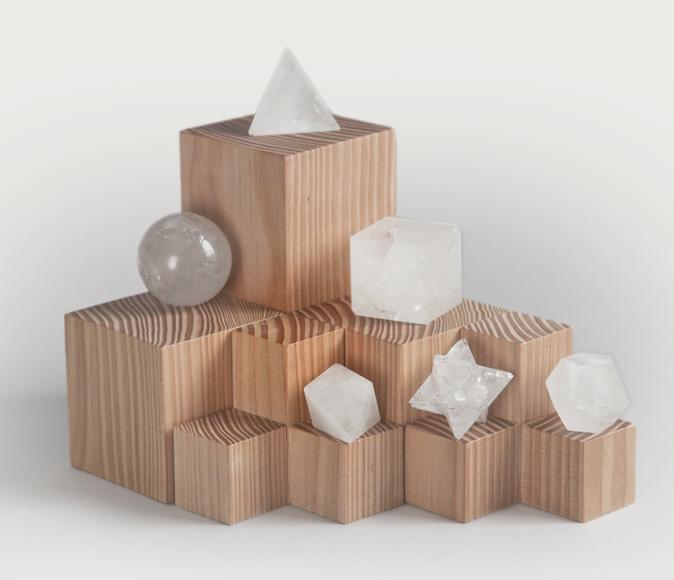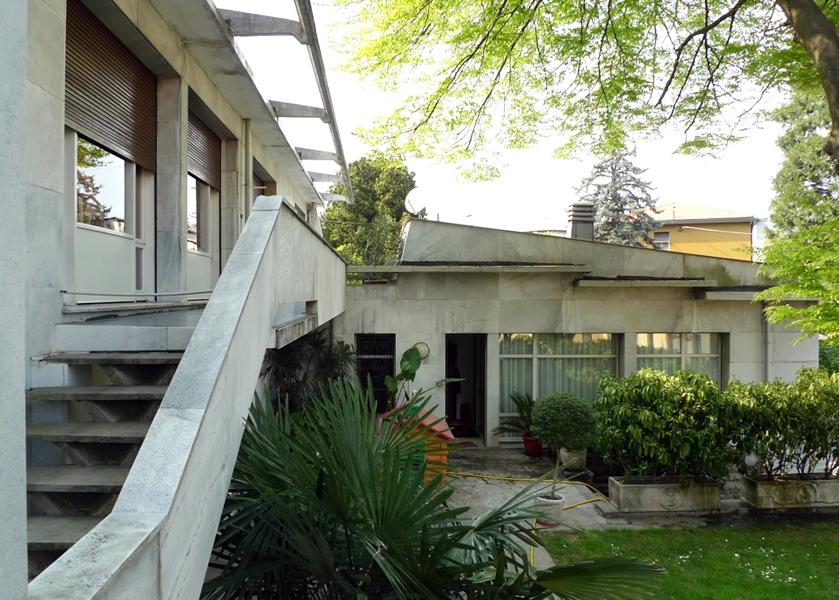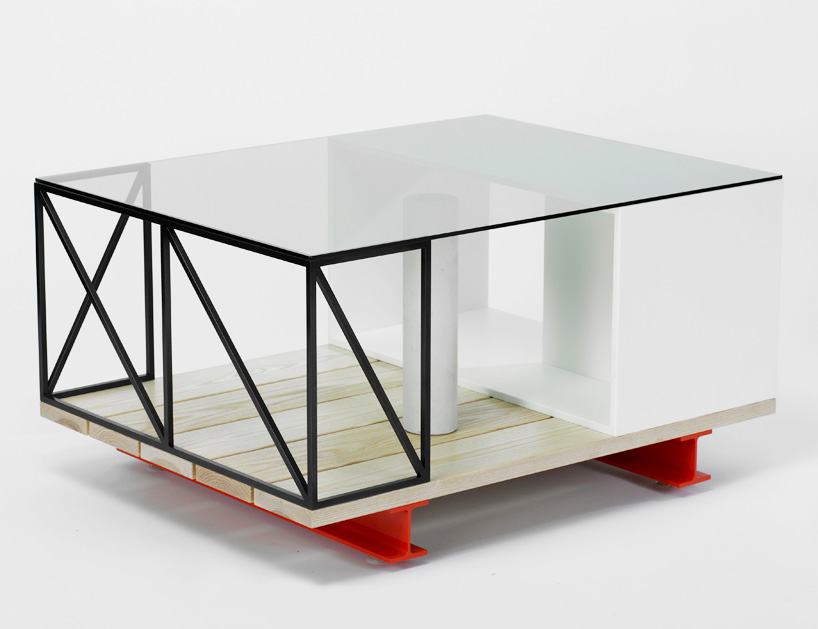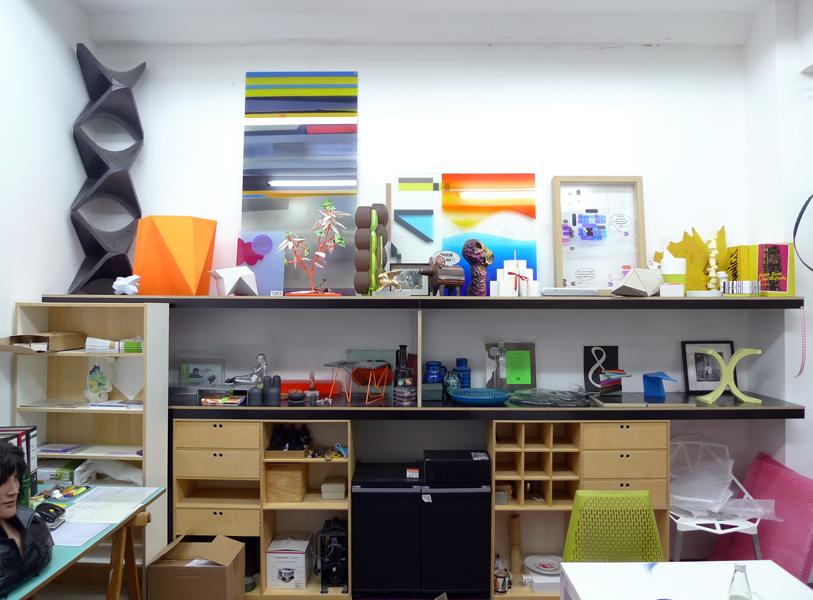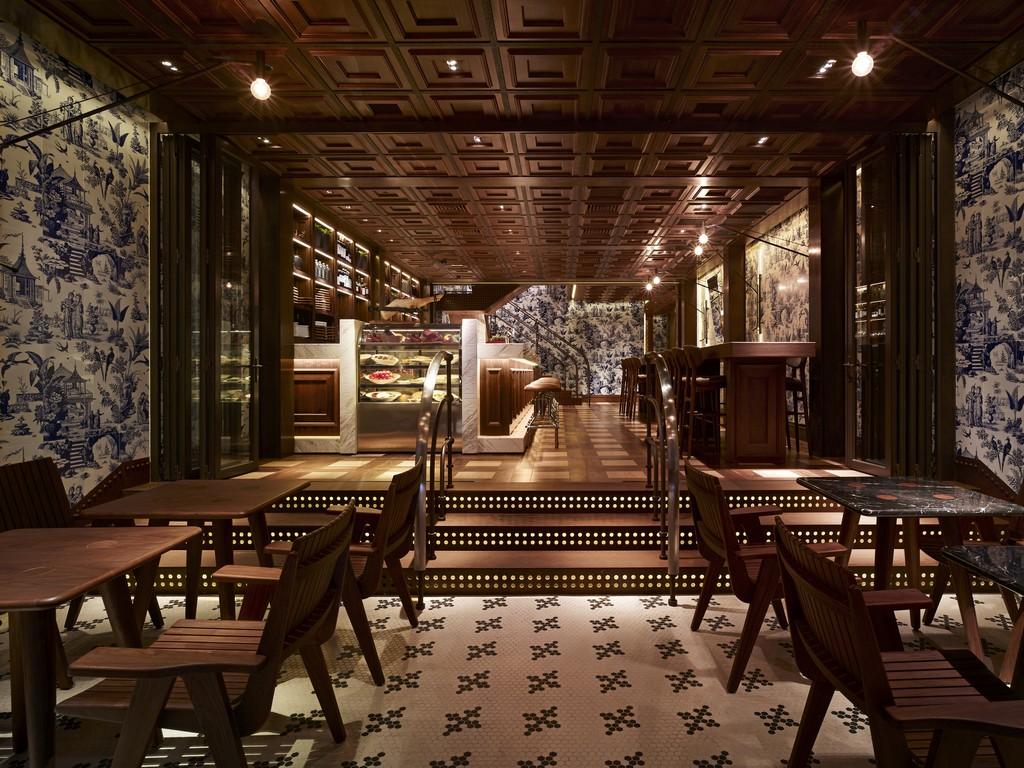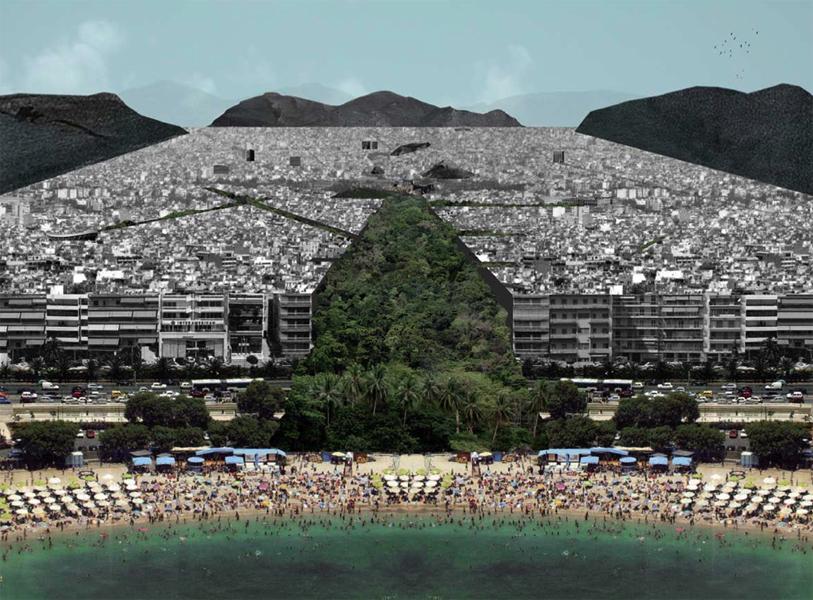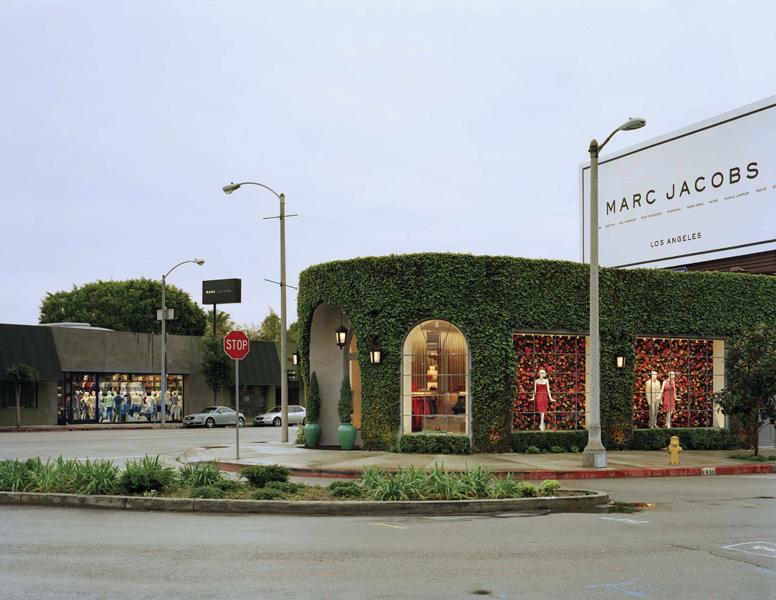
01.16.13
Excerpt: Exhibition
Le Corbusier’s Secret Laboratory
They had us at the title: "Le Corbusier's Secret Laboratory," aka the painting studio where the architect took a pause from buildings and furniture to create expressive artworks like the sculpture above, many of which will be on view at Stockholm's Moderna Museet starting this Saturday. Though his work has been under the microscope for so long now, obviously, that it would be silly to consider any part of his oeuvre truly a secret, the museum claims to have some rarely shown pieces up its sleeve, and a thesis that puts his career in something of a new perspective: "A central theme of this exhibition is Le Corbusier’s oscillation between two seemingly disparate pursuits — his celebration of mechanical objects and his search for poetic forms," its curators write.
